Melbourne’s youth crime wave finally being acknowledged ten years in
An explosion of carjackings, muggings and aggravated burglaries across Melbourne is finally being acknowledged by those who spent years pretending there was no youth crime problem.
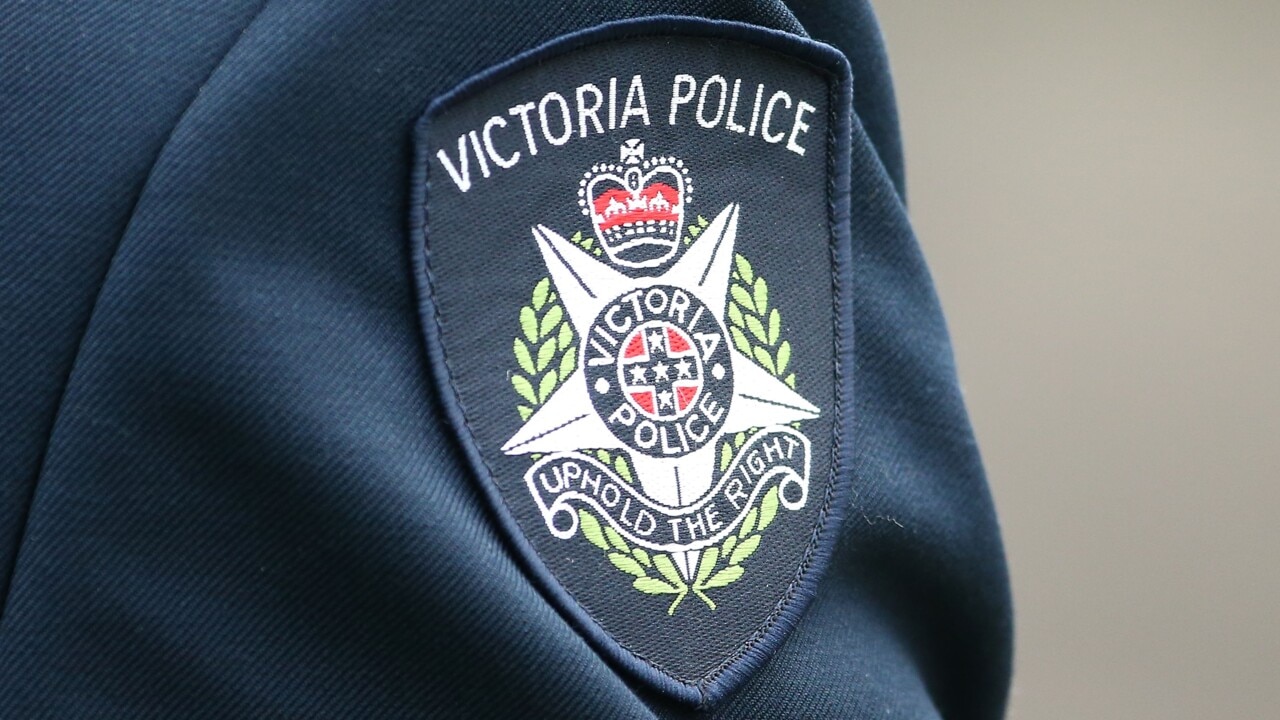
Andrew Rule
Don't miss out on the headlines from Andrew Rule. Followed categories will be added to My News.
There always was some desperate escapee or robber willing to snatch a car at gunpoint to flee a jailbreak or a robbery. But, in the distant past, that was an unusual crime in Australia, so rare it would make headlines.
The phenomenon known as “carjacking” did not take off until relatively recently. It seems to have been imported from overseas hell holes where it’s such a constant threat that motorists run red lights rather than risk being “jacked” when they stop.
Historians and criminologists can quibble over the first “Jo’burg” or Rio-type carjackings here. The sort where an armed assailant forces a driver from their car and drives off — not to escape the law but to provoke it, just for kicks.
But one thing is clear: an explosion of carjackings, car thefts, muggings and aggravated burglaries all morphed into a youth crime wave now finally being acknowledged by those who spent years pretending it wasn’t happening.
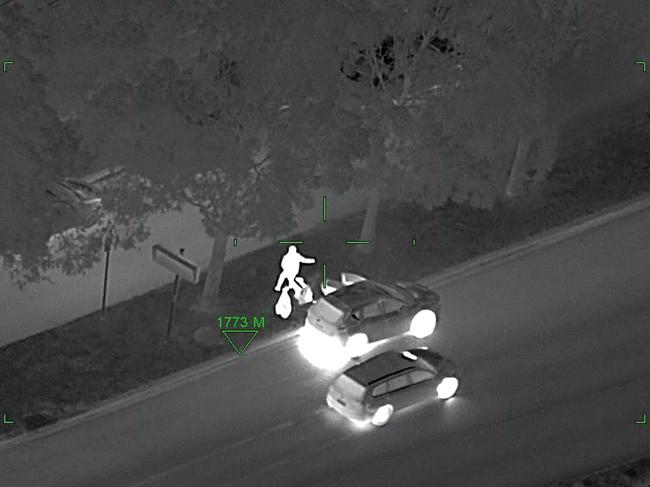
Reporters began to notice the new, virulent strain of youth crime in 2014. But when they asked questions, they got “nothing to see here” responses as aggressively woke politicians and commentators apparently determined to hose down public concern.
Back then, police would cautiously describe how loose groups of young people committed offences — then deny that such groups were “gangs.”
These sort of semantics have now faded, except among die-hard deniers now being mugged by reality.
Teen gangs have always fought each other in the streets. But the most obvious part of youth crime to the wider public is car theft and its twin, home invasion.
To beat modern electronic anti-theft devices that made “hot wiring” obsolete, car thieves became brazen home invaders, breaking in to steal car keys so they could simply drive off.
It was a new and frightening trend for householders whose homes were invaded. The thieves called it “missioning”, which suggests they saw it as a challenge — a test of nerve and skill to impress their peer group.
It is now a constant threat every night in Melbourne.
“Kids” roam suburbs looking for high-powered and desirable cars in driveways. Preferably both high-powered and German-made, with Mercedes Benzes and Audis topping the hit list. Chillingly, they sometimes follow a particular car home.
Part of the thrill is obviously the “trophy hunt” to steal the most expensive car they can — with the added bonus of getting performance vehicles they hope can outrun police.
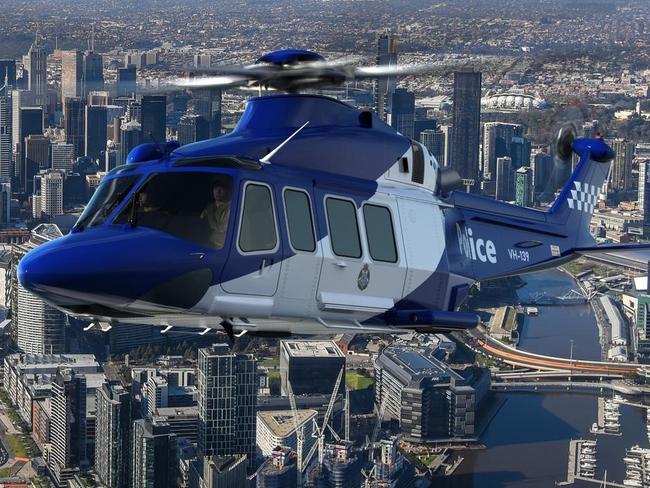
These “joy riders” are a subset of youth crime. Most of them are teenagers and not all seek confrontation like their machete-wielding contemporaries. They prefer unlocked houses so they can sneak in, grab keys and speed off.
Often, the cars are found later. If an owner is lucky, the car has suffered little or no damage. Others are written off. A few vehicles are supplied to criminals as getaway vehicles for more serious crimes, and end up being torched, crashed or crushed.
A few might be passed up the crime chain to be cannibalised for parts or transformed at “chop shops” — given a fake identity for resale interstate.
But police believe that most teenage car thieves are addicted to high-speed, high-risk “joy rides”. For them, the adrenalin rush of lifting the keys in a burglary (or armed home invasion) and then being pursued is an end in itself.
The sort of “kids” who steal cars just to drive fast are addicted to risk rather than reward. Even those paid a pittance by older criminal “Fagins” to steal cars (or to torch tobacco shops) are willing to risk their own lives — and other people’s — for the price of a pair of high-end sneakers.
It was the Moomba riots of 2016 that turned a spotlight on youth offenders and cranked up public pressure for authorities to act. Police understandably resented claims of “racism” which arose because it was hard to hide the fact that many offences then were committed by youths “of African appearance”.
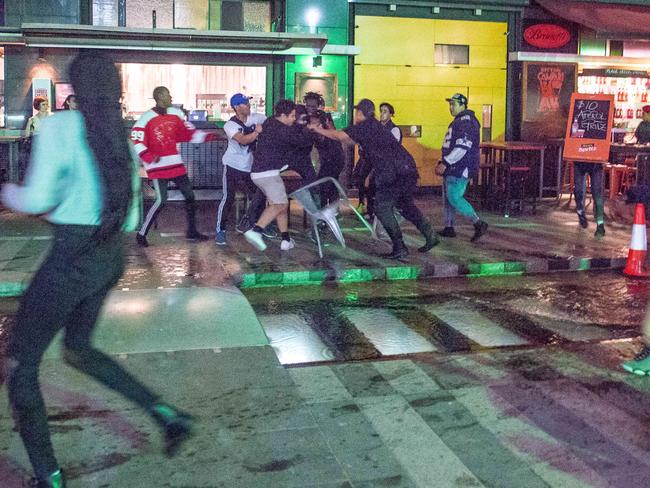
By 2018 the issue generated its own edition of the ABC current affairs panel show Q+A, filmed in Dandenong, a youth crime hot spot. The panel included a once-prominent police officer, a politician, an African-born lawyer and a crime reporter.
It was the time of peak “denial” of youth gangs. The audience was diverse but, apart from a handful of outnumbered attendees, the prepared questions seemed not to reflect the concerns of a wide range of ordinary people, many of them migrants themselves.
A few weeks before this event, the Herald Sun had gone to a notorious “African gang” trouble spot in Truganina in Melbourne’s west. There, in the privacy of their own homes, local residents told first-hand of their fear of being stood over and stared down or assaulted and robbed in the streets where they lived. Or, worse, attacked in home invasions.
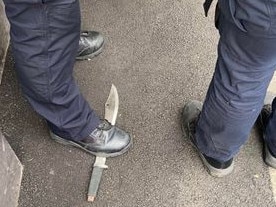
Chinese students living together in one residential street told us they locked themselves inside their rented house in fear of a local Sudanese gang that broke bottles, lit fires, stole cars and mugged people.
One student showed us where bottles had been smashed and the scorched and melted bitumen where a fire had been lit in the road outside their house a few nights earlier.
An Indian-born grandmother told us she was terrified of the same gang, plucking back her curtains to point out passing youths who, she said, scared the entire neighbourhood.
Inevitably, the police cop criticism from both sides. They see first hand the ugly reality of what is happening — but they know that both sides of the debate can be shrill and excessive.
In 2018, it was true that many offenders were of African appearance and many others were islanders. But police knew it was also true that they weren’t all “migrants” as claimed by more strident critics of immigration policies.
Many offenders, regardless of their parents’ ethnicity, had been born in Australia. One veteran cop, tired of demands that young offenders be deported, retorted: “Where do you want to deport them to? Casey Hospital?”
His point: that’s where most of the offenders were born.
The “deport them all” lobby were on the losing side in a shouting match not troubled by common sense on either side.
Unfair and sometimes exaggerated accusations of police “racism” were used to build a false narrative that youth crime was not a big issue. But the real truth was that it was getting worse.
An example of the politically-correct views prevailing in 2018 was when then Supreme Court judge Lex Lasry indiscreetly tweeted a tart response to a rhetorical claim by federal politician Peter Dutton, now the Opposition Leader, on radio that people in Melbourne did not feel safe going out to restaurants because of youth gangs.
Lasry’s comment was: “Breaking: there are citizens out in Mansfield tonight and they’re not worried.”
Sharp but not wise. Such a tone-deaf message from a millionaire in Victoria’s most fashionable country town, gateway to the ski fields, was hardly reassuring to scared Indian grandmothers, Chinese students and Lebanese taxi drivers in Melbourne’s outer suburbs.
But Lasry did not become a gun barrister and respected judge by being foolish.
He soon deleted the injudicious tweet and now, six years on, concedes the very real threat posed by youth crime that has migrated from outer suburbs into affluent areas where tearaway kids target coveted cars.
In a frank interview with broadcaster Neil Mitchell this month, Lasry said youth crime was a “horrifying” problem that couldn’t be ignored and was not diminishing.
It’s not that the reformed judge (who plays drums in his band the Lex Pistols) is suddenly marching to the beat of a different drum.
He is still the same humane lawyer who represented two Australian citizens executed as part of the Bali Nine drug-smuggling case. But it’s clear to him that well-meaning libertarians can no longer paper over cracks in the justice system that let a procession of young offenders run free on bail because magistrates and judges are reluctant to jail them.
Police are still cagey about commenting in such a politically-charged debate, wary of criticism by crime deniers such as the state’s attorney-general Jaclyn Symes, who last year scuppered controversial changes to youth bail reforms and was openly dismissive when asked about it.
“I do not want a discussion about a youth crime crisis that doesn’t exist,” Symes said.
With political masters like that, it’s no wonder police are careful what they say. But their actions speak louder than words.
Every night, police helicopters, the dog squad and up to 70 officers are tied up trying to catch teenage home invaders and car thieves before they kill more innocent people in lunatic high-speed escapades.
Culpable driving fatalities, knife crime (often machetes) and paid arsons are the youth crimes that pose the biggest danger to the public. Even the ABC, in 2018 still so painfully “correct” about the subject, now covers youth crime as legitimate news and current affairs. It has taken only a decade to grasp the nettle.
Police are guarded but determined. One good point they make is that youth crime has become an equal opportunity pastime. In 2024, young offenders come in all sizes, shapes and races … many of them in the same gangs.


